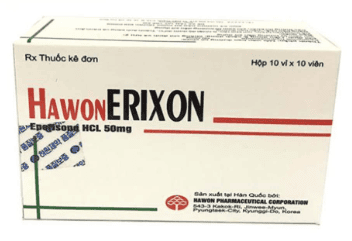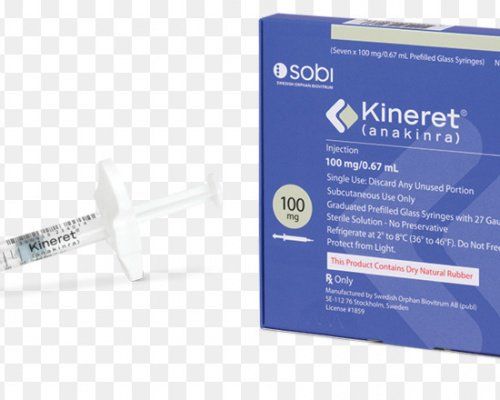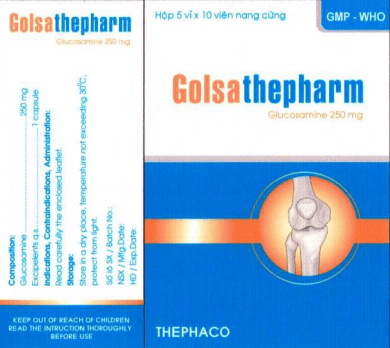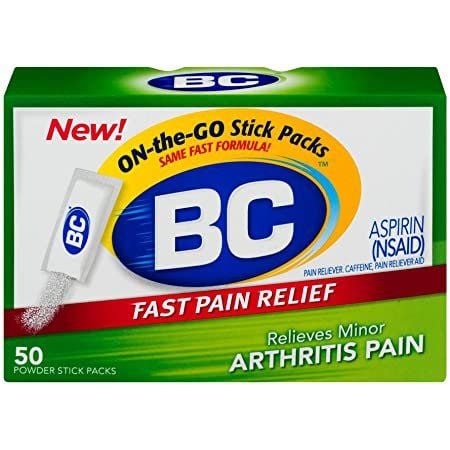This is an automatically translated article.
Studies have proven that Yoga has the effect of supporting joint pain relief, improving joint function and flexibility, limiting stress and pressure to help patients with many different types of rheumatism sleep better. Here are some yoga poses and tips to get the most out of it.
1. Should you practice Yoga with arthritis?
Regular yoga practice brings many physical and mental benefits to patients with rheumatoid arthritis. Yoga improves flexibility, making it easier for rheumatoid arthritis patients to do daily physical activities, like walking. Regular yoga practice can also reduce inflammation and pain, helping to improve mobility.
Yoga has also been shown to improve the mental health of sufferers by helping them accept their illness and have a more positive outlook on overcoming illness, thereby helping to reduce anxiety and depression in people with rheumatoid arthritis.
2. How does yoga help with rheumatoid arthritis?
Rheumatoid arthritis is an autoimmune disease when the immune system attacks the body's tissues, mainly the joints, and causes inflammation and pain in the joints. Rheumatoid arthritis causes a range of symptoms including chronic pain, reduced joint mobility, and fatigue. These symptoms limit the patient's daily life. Although there is no cure, physical therapy and antirheumatic drugs (DMARDS) can help slow the progression of the disease.
Yoga combined with medical treatment helps relieve joint pain and stiffness, in addition to improving the quality of life for patients both physically and mentally.
3. Practice Yoga the right way
Before practicing Yoga for people with rheumatoid arthritis, patients need to prepare an exercise mat, wear comfortable clothes and keep an open mind. Yoga is divided into many different schools, of which many types of yoga are beneficial for patients with rheumatoid arthritis, including:
Restorative yoga: Using equipment and holding poses for long, slow to improve mobility and flexibility without muscle strain. This type of yoga is best suited to help sufferers incorporate meditation and mindfulness in their practice. Hatha yoga: Consists of sitting, standing, kneeling and balancing poses that are rhythmically combined and transformed. This branch of Yoga has exercises combined with props that can be adjusted to suit the body and avoid muscle tension. Yin yoga: A relaxing, passive style of yoga that involves holding poses for longer periods of time and increasing your inner awareness, mainly in a sitting position. This includes paying attention to your breath, thoughts, and bodily sensations. This yoga practice is slow but not as relaxing as restorative yoga. Yoga poses for rheumatoid arthritis include:
Tree Pose: This one-legged standing pose enhances balance through mental focus. This can increase mental resilience while gently opening the hips and strengthening the legs. Sitting Cat Pose: This pose improves spinal mobility. Gently arching your back forward and backward can relieve low back pain and stiffness without putting pressure on your knees. Savasana: This pose requires the patient to lie flat on the floor and pay attention to the connection between the breath and the body to reduce tension. In addition to choosing the right postures, people with rheumatism can also use props and modify yoga poses to avoid putting pressure on the joints. Props can be used in a variety of ways to make the practitioner more comfortable during yoga practice.
Pillows: Helps support the lower body when performing poses like children, putting feet up against the wall and turning back. Blanket: Blankets can be rolled or folded to cushion below or behind the knees. There is also extra support for the neck when lying down. Chair: Using a chair during yoga is great for modified yoga poses, especially if you have stiffness, severe mobility limitations, or are sedentary. Before applying any treatment method, the patient should consult with a doctor to consider an appropriate exercise plan.
For beginners, Yoga is not easy, but this is a practice to help improve the condition, so it should not be stopped suddenly. There's no right or wrong exercise, it's just whether the exercise is tailored for you before overdoing it does more damage. Stop exercising if you feel pain, stinging, or other unusual sensations. It's a tough start, once you get used to the regular exercises, the patient will feel more confident and comfortable to practice.
You should only exercise when the disease is in a stable stage, not during an acute episode to avoid injury and give the body time to rest.
Yoga is a supportive treatment for rheumatoid arthritis that brings positive results in symptom control and emotional improvement for patients facing persistent pain. Numerous studies have shown that patients with inflammation, pain and limitation of activity due to rheumatoid arthritis become more active and carry on with their daily lives, but with less pain, through regular yoga practice. Yoga can be practiced at home, so patients can actively improve their symptoms.
Please dial HOTLINE for more information or register for an appointment HERE. Download MyVinmec app to make appointments faster and to manage your bookings easily.
References: healthline.com, verywellhealth.com













